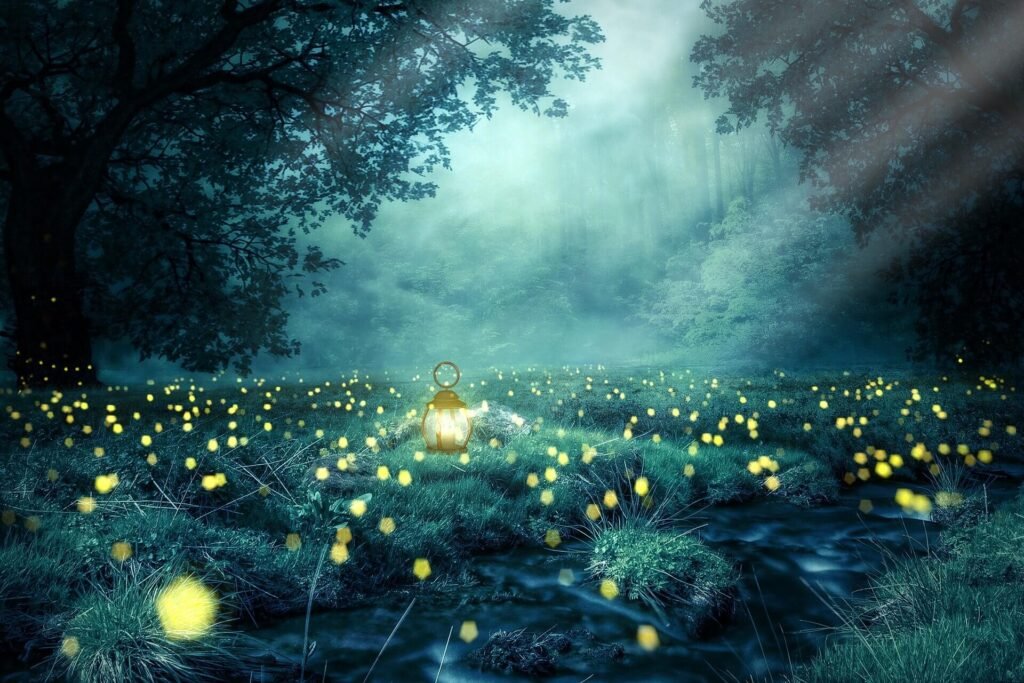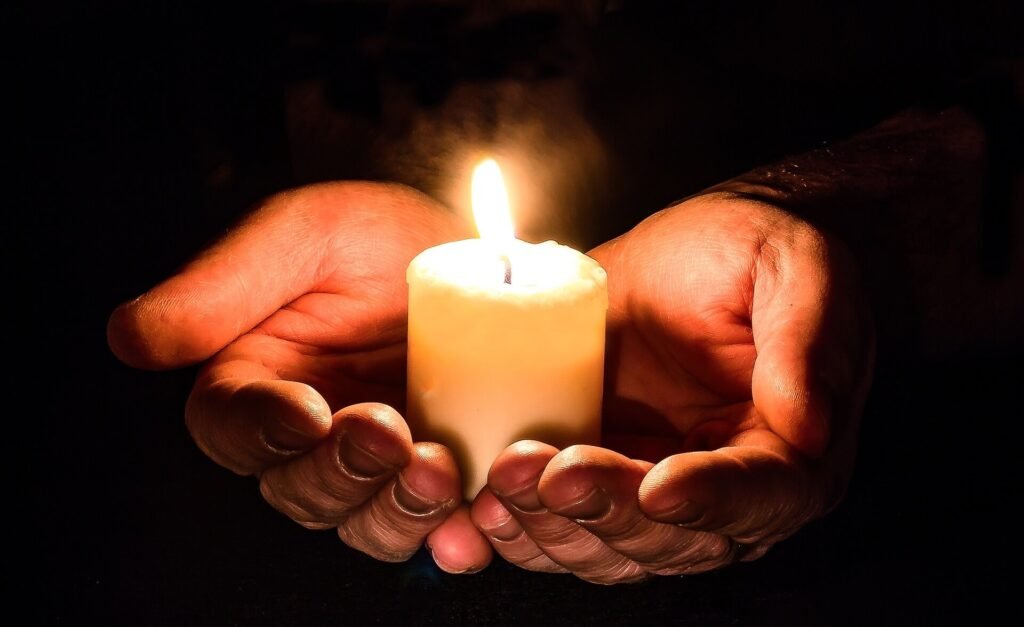Are you into Grateful Dead? Then you’re probably familiar with the famous Lighting Bolt logo. It’s often seen on merchandise and products associated with the band, but have you ever wondered about its origin story?
Today we’ll take a deeper look at the Lighting Bolt and tell you 15 startling facts about it that you never knew. Let’s start from the beginning. The Lighting Bolt existed before the Grateful Dead, but it only became an icon after the band adopted it in 1969. From then on, the symbol has been closely associated with the band and spawned countless merchandising products.
In this article, we’ll explore its history, meanings, and why it continues to be such a beloved icon of the Grateful Dead legacy even after all these years. So if you want to know more about this notable symbol and how it has stood the test of time, keep reading!
The Origin of the Grateful Dead Lighting Bolt
Most music fans are aware of the Grateful Dead’s iconic lightning bolt logo, but few know the backstory behind it. It all started with a stint between the band and artist Bob Thomas in 1973. Thomas was tasked with coming up with a logo that could be used as a window display. In search of inspiration, Thomas headed to the Arizona desert and stumbled upon an old abandoned barn containing an old rusty weathervane shaped like a lightning bolt. It was then that he had his “Eureka!” moment: he found what he would soon turn into one of the most iconic logos in rock ‘n’ roll.
From there, Thomas set out to bring his vision to life. He began sketching out the lightning bolt until it eventually evolved into an “S” shape – an homage to both a sailor’s knot and a thunderbolt symbolizing Jerry Garcia’s power and passion for his craft. The finished product has since gone on to become one of the most recognizable symbols in rock ‘n’ roll history – gracing album covers, merchandise, posters, and more!

The Iconic Visual Style of the Grateful Dead Lighting Bolt
When you think of the Grateful Dead, chances are that the iconic lighting bolt immediately comes to mind. But did you know that it has a long, multi-faceted history when it comes to the band? Here are 15 facts about the lightning bolt symbol and its role in connecting Deadheads everywhere:
The Lightning Bolt’s Origin Story
The Grateful Dead lightning bolt has surprisingly humble beginnings. It was originally designed by Alton Kelley and Stanley Mouse for an album cover in 1969. The idea was to represent a thunderbolt of creative energy that connected members of the band together— and ultimately, the greater Deadhead community with them.
Its Symbolic Meaning
The lightning bolt also took on symbolic meaning throughout its lifespan. It became associated with spiritual awakening, rebellion against authority and convention, as well as youthful enthusiasm—all traits of the counterculture movement in which the band was born out of.

What Colors Represent the Grateful Dead Lighting Bolt?
Who knew that the colors used by the Grateful Dead Lighting Bolt actually represent something? It’s true! Each color has its own meaning, and you probably didn’t know that.
Red
The red lightning bolt symbolizes love and passion, important themes in the lyrics of many Grateful Dead songs.
Blue
The blue lighting bolt is a representation of inner peace and harmony found in ritualistic practices such as yoga.
Yellow
Finally, the yellow element symbolizes creativity and strength—two ideas that are essential for any creative endeavor to be successful.
All these colors together form a single cohesive image that captures what the Grateful Dead stands for: a sense of community, celebration of life, and freedom from the constraints of conventional thinking. Though most people don’t recognize all three colors are included together in this iconic logo, each color has its own distinct meaning when you consider it by itself.

Where Can You Find Grateful Dead Lighting Bolt?
We bet you didn’t know that the Grateful Dead lighting bolt logo is one of the most recognizable symbols in music. But where can you actually find it?
Well, many people find the Grateful Dead lightning bolt in unexpected places: on the Grateful Dead branded clothing, pet accessories, and even by way of tattoos. Not to mention its striking presence on album and concert posters.
The 1967 two-lightning bolt design has been so successful that other brands have taken notice and created their own logo designs with a similar concept. Everyone from Nike to tech company Microsoft have put their own spin on the lightning bolt, showing off its incredible staying power.
You may not be aware of this but the classic image predates the band’s formation and was originally an illustration drawn by Gilbert Shelton in 1961 as part of an advertising campaign for a dance hall in Houston, Texas. When Phil Lesh saw it he knew he had found something special and incorporated it into many aspects of the band’s logo designs throughout their career. So, next time you’re at a show or walking down the street wearing your favorite Grateful Dead t-shirt with a lightning bolt design, you can think back to its inception and appreciate that iconic look!
How Long Has the Grateful Dead Used the Lightning Bolt?
Believe it or not, the Grateful Dead’s iconic lightning bolt has been around for quite some time — over 40 years, in fact!
The lightning bolt was originally designed by Alton Kelley and Stanley Mouse in 1969. Ever since then, it’s been recreated and redesigned multiple times for the band’s t-shirt designs, posters, and more.
It’s become a symbol that stands for the creative spirit of the Grateful Dead, thanks to its iconic shape and bright colors. For fans of the band, it’s a reminder of the joy they got from listening to their music.
The lightning bolt has even gone beyond just its use with Grateful Dead culture. It’s been worn by celebrities such as Miley Cyrus and Taylor Swift, becoming a style statement in its own right!
What Is Unique About the Grateful Dead Lighting Bolt Design?
When it comes to the Grateful Dead lighting bolt design, there’s one thing that makes it stand out from the rest: its iconic shape. The design was inspired by the band’s drummer, Mickey Hart, who wanted a logo that could be used to mark the beginning and end of Grateful Dead concerts. The lightning bolt shape was chosen because of its symbolism in mythology—it represented power and enlightenment.
The unique design quickly gained traction with fans, becoming a symbol of rebellion and freedom. It also meant that if someone wore a t-shirt with a lightning bolt on it, they were automatically part of the club—a symbol for those “in the know.”
The lightning bolt design has become synonymous with the Grateful Dead, but what many fans don’t know is that several variations of it actually exist. All feature Mickey Hart’s original inspirations with slight variations in color and detail—each one adding to its uniqueness.
So forget everything you thought you knew about Grateful Dead lighting bolts—it’s time to get into some exciting facts about this iconic logo!

Conclusion
Who knew? The Grateful Dead Lighting Bolt logo has taken many form over the decades. From its humble beginnings as a sketch drawn on a napkin to its now iconic status, it has become engrained in the minds and hearts of fans across the world.
The lighting bolt has been embraced as a symbol of the Grateful Dead’s humanistic philosophy, as well as a representation of the wild and creative spirit of their music. It has also become a beloved symbol of life, liberty and the pursuit of happiness.
No matter where you come from, no matter what music you listen to, no matter your interest in the Grateful Dead, this logo is a reminder to be true to yourself and follow your dreams.
See More: Cottage Industry Is Actually a Good Thing

